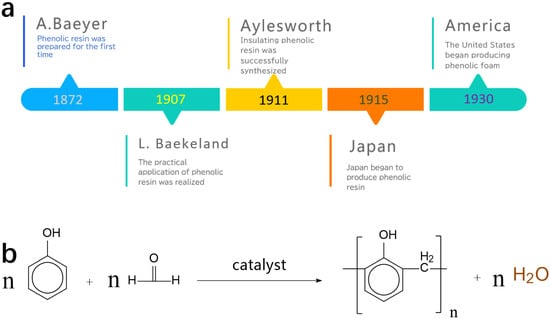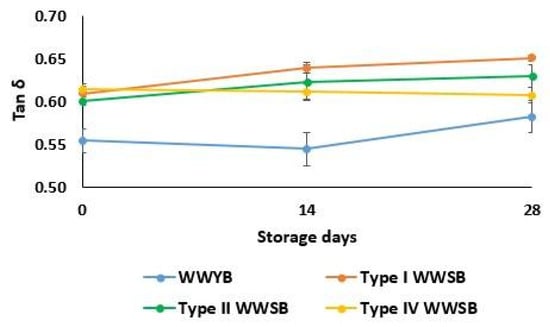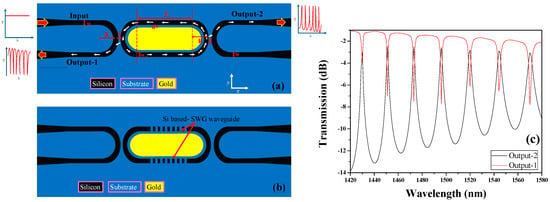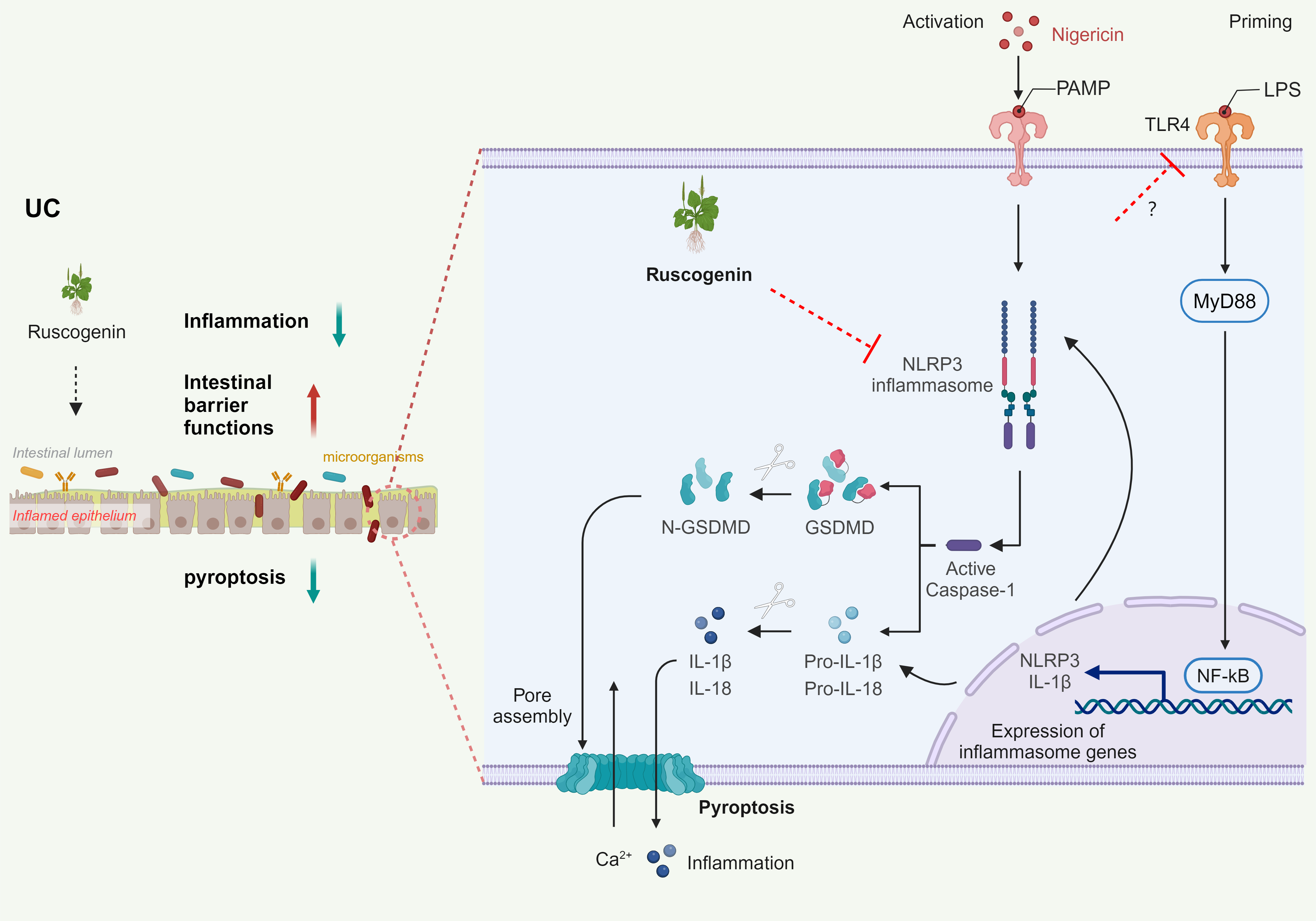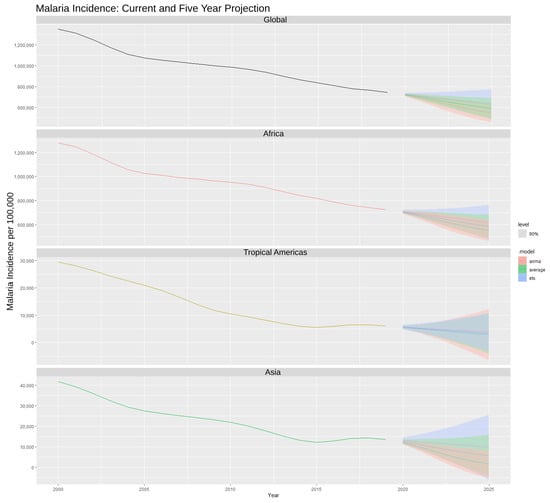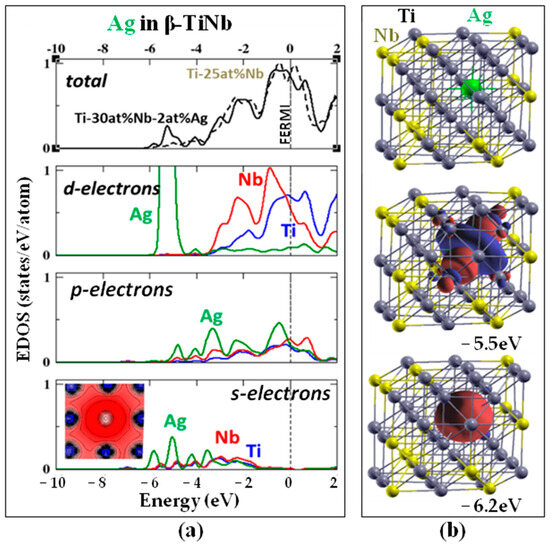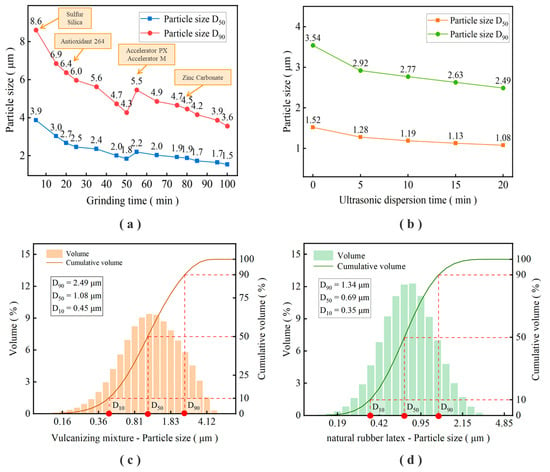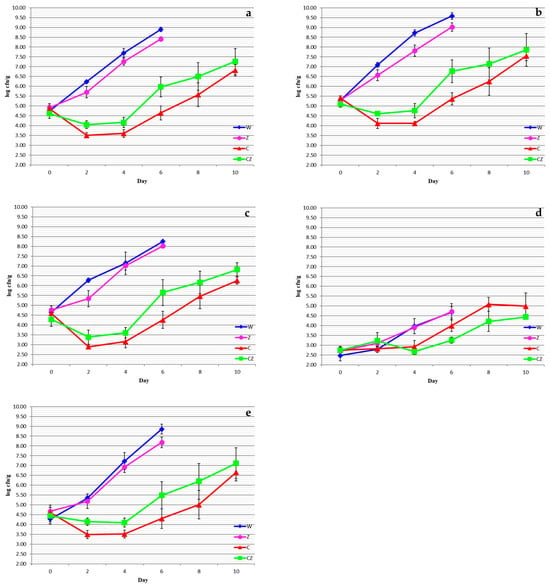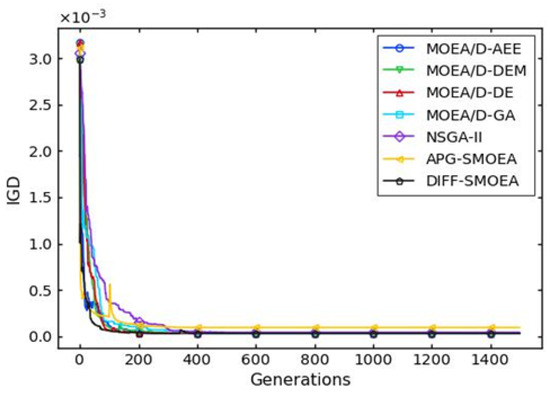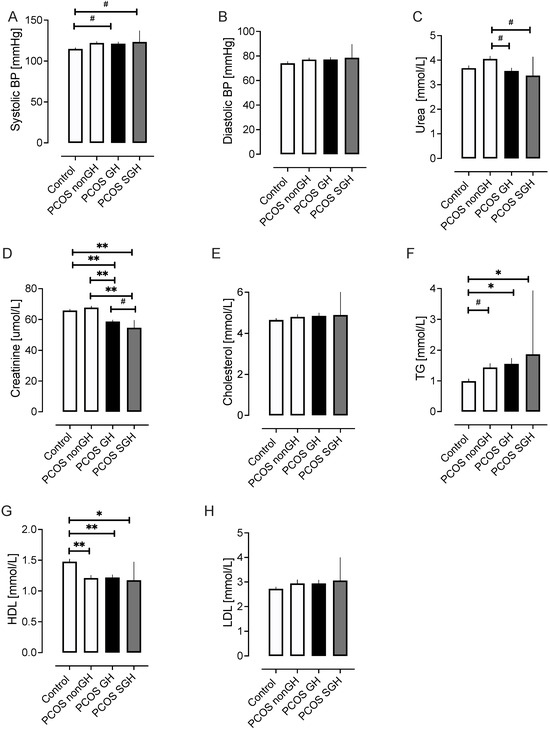The present study aims to determine the effect of miscellaneous meals (rapeseed meal, cottonseed meal, and sunflower meal) replacing soybean meal in feed on growth performance, apparent digestibility of nutrients, serum biochemical parameters, serum free amino acid content, microbiota composition and SCFAs content in growing pigs (25–50 kg). A total of 72 (Duroc × Landrace × Yorkshire) growing pigs with initial weights of 25.79 ± 0.23 kg were randomly divided into three treatments. The pigs were fed corn–soybean meal (CON), corn–soybean–miscellaneous meals (CSM), and corn–miscellaneous meals (CMM). Each treatment included six replicates with four pigs per pen (n = 24, 12 barrows and 12 gilts). Soybean meal accounted for 22.10% of the basal diet in the CON group. In the CSM group, miscellaneous meals partially replaced soybean meal with a mixture of 4.50% rapeseed meal, 3.98% cottonseed meal, and 4.50% sunflower meal. In the CMM group, miscellaneous meals entirely replaced soybean meal with a mixture of 8.50% rapeseed meal, 8.62% cottonseed meal, and 8.5% sunflower. The results showed that compared with the CON, the CSM and CMM groups significantly improved the average daily gain (ADG) of growing pigs during the 25–50 kg stage (
p < 0.05) but had no effects on average daily feed intake (ADFI) and average daily feed intake/average daily gain (F/G) (
p >
0.05). Moreover, the CMM group significantly reduced nutrient apparent digestibility of gross energy compared with the CON group. The serum biochemical parameters results showed that the CSM group significantly improved the contents of total protein (TP) compared with the CON group (
p < 0.05). The CMM group significantly improved the contents of total protein (TP), high-density lipoprotein cholesterol (HDL-C), and low-density lipoprotein cholesterol (LDL-C) compared with the CON group in serum (
p < 0.05). In comparison with the CON group, the CMM group also significantly improved lysine (Lys), threonine (Thr), valine (Val), isoleucine (Ile), leucine (Leu), phenylalanine (Phe), arginine (Arg), and citrulline (Cit) levels in serum (
p < 0.05). However, the CMM group significantly decreased non-essential amino acid content glycine (Gly) in serum compared with CON (
p < 0.05), while compared with the CON group, the CSM and CMM groups had no significant effects on the relative abundance, the alpha-diversity, or the beta-diversity of fecal microbiota. Moreover, compared with the CON group, the CSM group significantly increased butyric acid and valeric acid contents of short-chain fatty acids (SCFAs) in feces (
p < 0.05). In contrast to the CON group, the CMM group significantly reduced the contents of SCFAs in feces, including acetic acid, propionic acid, and isobutyric acid (
p < 0.05). Collectively, the results of the present study indicate that miscellaneous meals (rapeseed meal, cottonseed meal, and sunflower meal) can partially replace the soybean meal and significantly improve the growth performance of growing pigs during the 25–50 kg stage. Thus, miscellaneous meals are a suitable protein source as basal diets to replace soybean meals for 25–50 kg growing pigs. These results can be helpful to further develop miscellaneous meals as a functional alternative feed ingredient to soybean meal.
Full article
 IJMS
IMPACT
IJMS
IMPACT Applied Sciences
IMPACT
Applied Sciences
IMPACT Sustainability
IMPACT
Sustainability
IMPACT Sensors
IMPACT
Sensors
IMPACT JCM
IMPACT
JCM
IMPACT Energies
IMPACT
Energies
IMPACT Molecules
IMPACT
Molecules
IMPACT Materials
IMPACT
Materials
IMPACT Remote Sensing
IMPACT
Remote Sensing
IMPACT Cancers
IMPACT
Cancers
IMPACT Electronics
IMPACT
Electronics
IMPACT Mathematics
IMPACT
Mathematics
IMPACT Foods
IMPACT
Foods
IMPACT Buildings
IMPACT
Buildings
IMPACT Plants
IMPACT
Plants
IMPACT Nutrients
IMPACT
Nutrients
IMPACT Animals
IMPACT
Animals
IMPACT Polymers
IMPACT
Polymers
IMPACT Water
IMPACT
Water
IMPACT Diagnostics
IMPACT
Diagnostics
IMPACT Biomedicines
IMPACT
Biomedicines
IMPACT Agronomy
IMPACT
Agronomy
IMPACT Microorganisms
IMPACT
Microorganisms
IMPACT Processes
IMPACT
Processes
IMPACT Healthcare
IMPACT
Healthcare
IMPACT Forests
IMPACT
Forests
IMPACT Cells
IMPACT
Cells
IMPACT JMSE
IMPACT
JMSE
IMPACT Medicina
IMPACT
Medicina
IMPACT Viruses
IMPACT
Viruses
IMPACT Agriculture
IMPACT
Agriculture
IMPACT Nanomaterials
IMPACT
Nanomaterials
IMPACT IJERPH
IJERPH
 Land
IMPACT
Land
IMPACT Pharmaceutics
IMPACT
Pharmaceutics
IMPACT Pharmaceuticals
IMPACT
Pharmaceuticals
IMPACT Religions
IMPACT
Religions
IMPACT Biomolecules
IMPACT
Biomolecules
IMPACT Life
IMPACT
Life
IMPACT Micromachines
IMPACT
Micromachines
IMPACT Atmosphere
IMPACT
Atmosphere
IMPACT Antioxidants
IMPACT
Antioxidants
IMPACT Genes
IMPACT
Genes
IMPACT Metals
IMPACT
Metals
IMPACT Symmetry
IMPACT
Symmetry
IMPACT Children
IMPACT
Children
IMPACT Coatings
IMPACT
Coatings
IMPACT Vaccines
IMPACT
Vaccines
IMPACT Horticulturae
IMPACT
Horticulturae
IMPACT Education Sciences
IMPACT
Education Sciences
IMPACT Minerals
IMPACT
Minerals
IMPACT Brain Sciences
IMPACT
Brain Sciences
IMPACT JPM
IMPACT
JPM
IMPACT Bioengineering
IMPACT
Bioengineering
IMPACT




